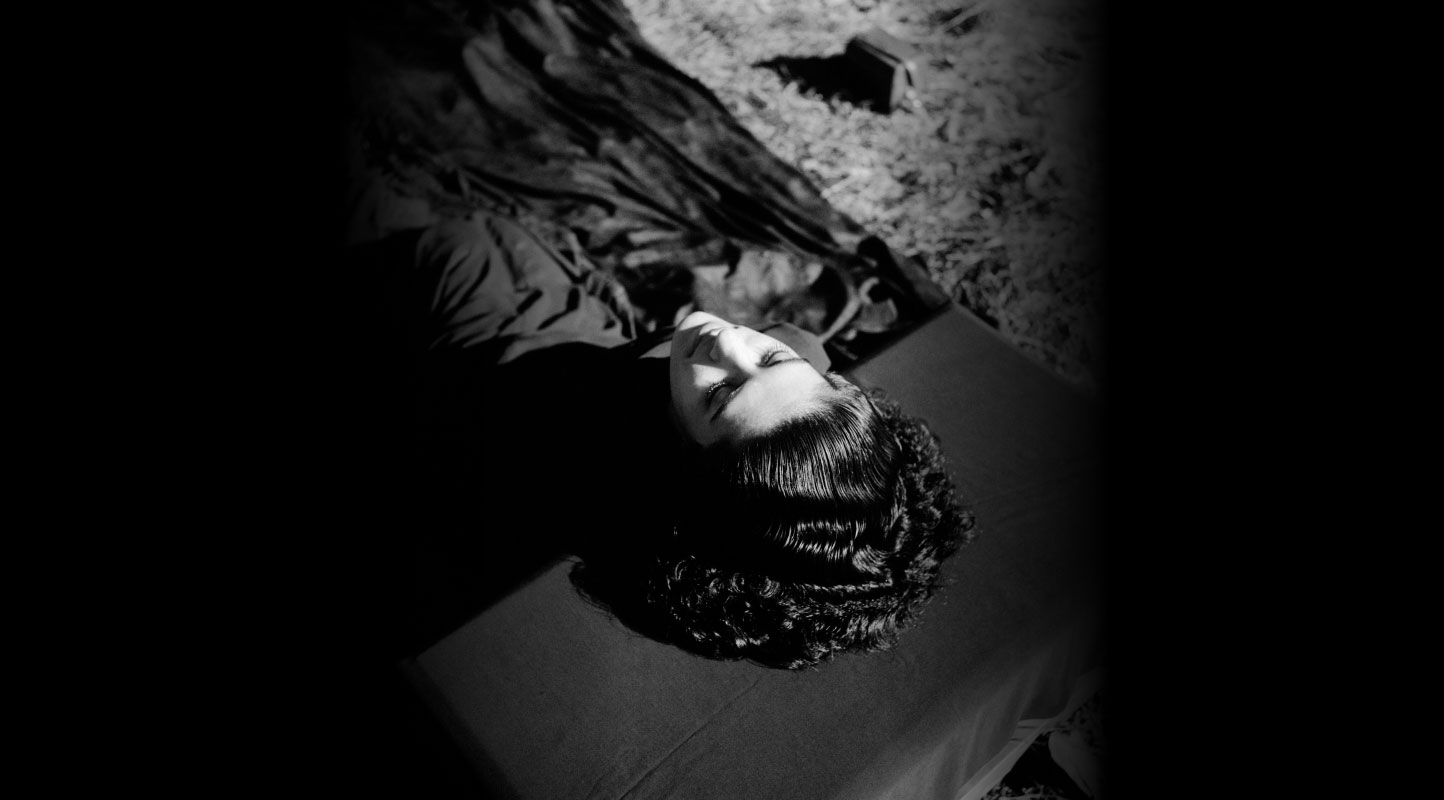On Humans in the Loop: In Conversation with Aranya Sahay
Humans in the Loop (2024) tells the story of Nehma, an Oraon woman, who returns to her village in Jharkhand following the breakdown of her marriage with a non-Adivasi man, as she begins to make sense of her new life in a familiar place. To retain custody and raise her two children, Nehma takes an unusual job as a ‘data labeller’ at an Artificial Intelligence (AI) data centre. She trains algorithms to distinguish between objects and is encouraged by her boss to approach AI as a parent would see a child. On the face of it, Humans in the Loop foregrounds social and subjective implications of new technologies like AI, but the film’s firm focus on interpersonal relations extends the thematic scope far beyond. The film follows Nehma as she makes meaning out of the multiple loops she is caught in—between the city and the village, between her home and the data centre, and between her troubled relationship with her daughter Dhaanu and the problems she begins to identify with AI systems. For a film that is only 72 minutes long, Humans in the Loop subtly but powerfully poses several important questions: about the history of uneven power relations that continue to shape new forms of work, about changing family norms and Adivasi women’s subjectivity, and the role of intergenerational stories in sustaining relationships to both self and place. In this first of a two-part conversation, writer and director Aranya Sahay reflects on the creative and research process behind the film, the power of fictional storytelling and the contemporary landscape of independent filmmaking.
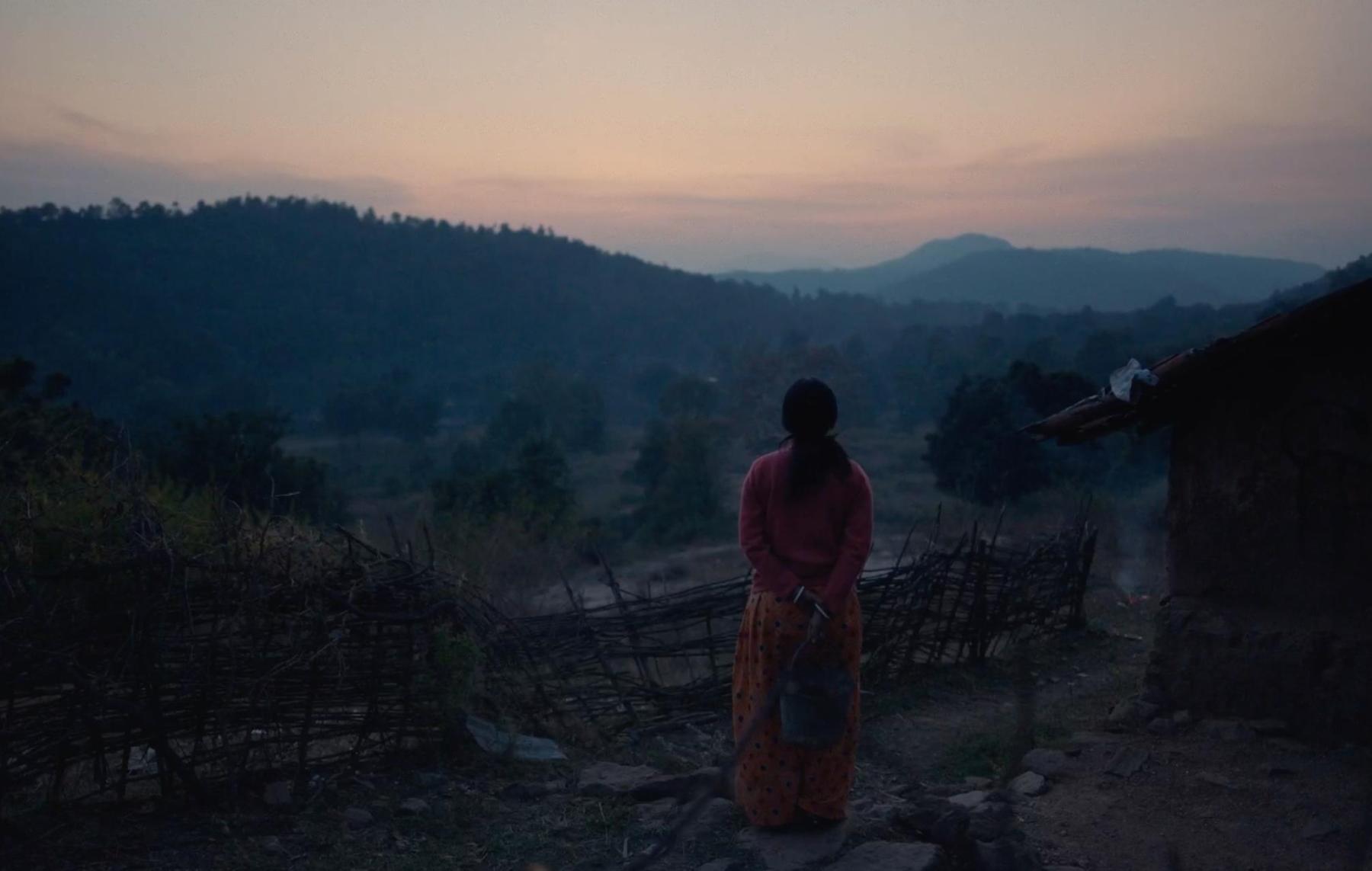
Nehma at home early in the morning, right before leaving in search of a job.
Koyna Tomar (KT): Could you tell us a bit about the inspiration behind Humans in the Loop? How did you decide to make the film?
Aranya Sahay (AS): In some ways, the movie has been in the making for a long time. During my Film and Television Institute of India (FTII) days, I would make a list of stories I wanted to prioritise. Back then, in 2019, someone who worked with Video Volunteers, a grassroots journalist organisation, was murdered because he was covering the politics around mining in Jharkhand. He used very obscure and cheap equipment to tell pretty important stories. In his videos, he would often say that the “camera is liberating.” And that really stuck with me. But the duration of projects at FTII is very short, and at that time I did not understand Jharkhand at all. So, there was no way I should have done that, or could have decided to make a film back then.
Then in 2023, there was an open call for a programme called “Museum of Imagined Futures” initiated by Storiculture, a Goa-based production house. As we were developing ideas to pitch, they wanted to do a session on overlaps between technology and society. Before starting the residency, we had a virtual meeting with academics, journalists and researchers. Karishma Mehrotra, who was a journalist with the Indian Express, shared her reportage on AI data centres in Jharkhand. When she shared that Adivasi women in Jharkhand were involved with data labelling work, I was really shocked. Everyone else at that meeting was also surprised. Karishma’s reportage was a fantastic lead. But how to take it forward cinematically and narratively was tough to crack. The whole project started with an article, but where to go from there took much longer to develop. I started reading ongoing research about AI and also spent some time in Jharkhand, and from there many of my derivations started falling into place. Initially, the film was commissioned as a short film. But very quickly, I realised I could not tell a strong story, even in a thirty-minute-long short. The film needed a three-act feature structure.
There is another personal element. Both my parents studied sociology. My father did not pursue it later, but my mother has done a lot of significant research. In fact, she was doing fieldwork for her doctoral studies in the Northeast when I was very young. I do not have too many memories from that time, but I was often with her and was even given a tribal name, Aranya Lalsiyama Sahay. So, my interest in Adivasi stories has been there for a very long time.
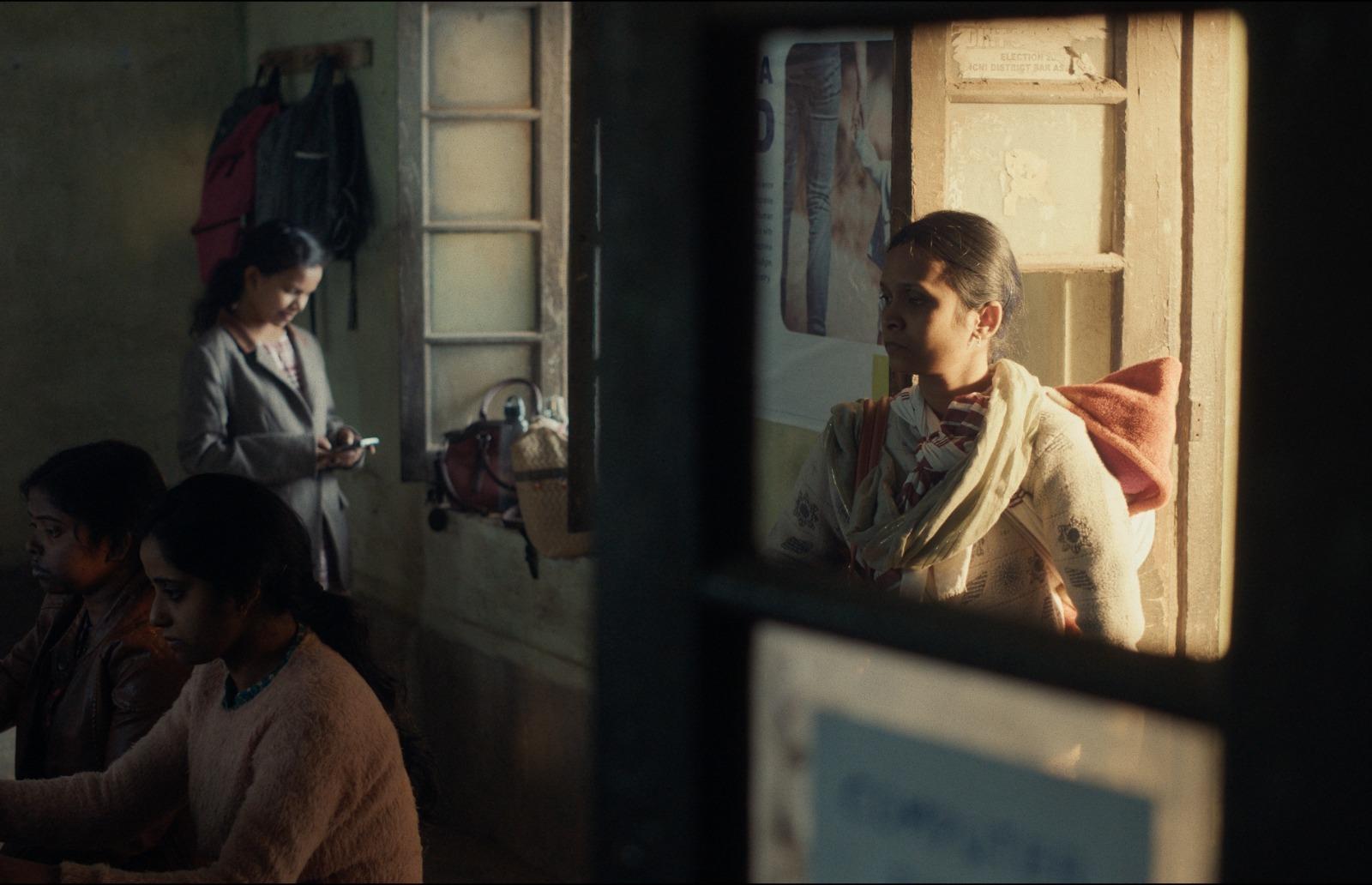
Nehma carries her son Guntu with her on her first visit to the AI data centre.
KT: Was there anything particular about the work of data-labelling that stood out to you? And what were some AI-specific questions that came up as you began writing the film?
AS: Data labelling is extremely critical. It is the backend of the AI revolution. All the glamour is usually associated with the West—with data scientists, with OpenAI and so on. But the actual work is happening in spaces like Jharkhand. A lot of this grunt work is done by women, and that does not get talked about as much. Mary L. Grey calls data-labelling “ghost work” because you do not see the labour; it is made invisible.
As I started reading more about AI, a whole set of questions came, and slowly the central thread of the film—of AI as a child—started to emerge. In psychology, a lot of research talks about children being born as a clean slate and that in the first five years the patterns begin to develop. There is other research too where people speak of more than 300 behavioural patterns within children which are ancestral and which get triggered based on specific situations or environments they are put in. This way of thinking about child rearing and development is what I applied to AI in story making. I asked myself, is AI really a clean slate or is it going to have the prejudices of its predecessors? And as I read more, my own ideas and research started to fall in line. AI bias, for instance, is one such technical term. You might have heard when Amazon started to use AI to run their recruitment drive, the algorithm started shortlisting only men. This was happening because the data that had been fed to the algorithm in the last ten years was predominantly related to men.
Ideas in the film about the politics of representation and AI bias also came from other reports that were emerging from India itself. One striking story I remember was on how AI was churning out stereotypical images of women from different parts of the country. I remember seeing women from Bihar being characterised as labourers and women from Goa being shown as drunkards and so on. When I saw that, it made me feel really weird and uncomfortable. Then when I visited Jharkhand, I saw overt remains from the colonial era—the arches and architecture in Ranchi, the single gauge train and the deep cultural bias against Adivasi knowledge systems. With AI, I wondered, will this history continue to replicate problems of previous eras? If AI is trained primarily on first-world data, will these patterns of extraction simply go on repeating themselves? I really hope people watching the film think about these implications of AI.
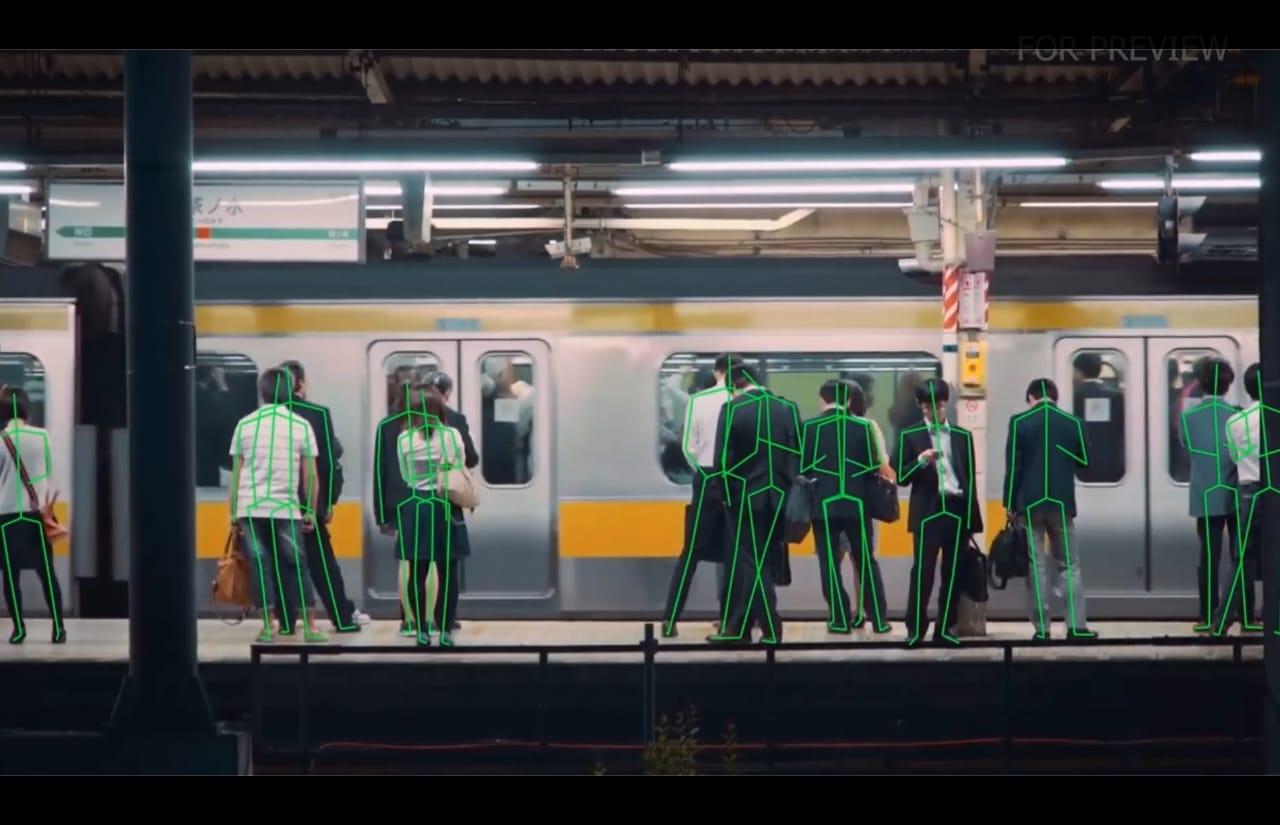
One of the AI projects Nehma works on which shows object tracking, pose estimation and localisation for training AI models.
KT: I can imagine it could have also been a fantastic documentary, especially given your previous experience with making documentaries. Is there a reason you chose fiction as a form to tell this story?
AS: It felt natural to tell this story through fiction. There is such power in storytelling. I think I am far stronger as a documentary filmmaker because of my orientation towards research. But I realised that this orientation also informs my storytelling in fiction as well. I reference a lot from social and political life and not just literature or other films. I also love the sheer power of a good story. Through fiction, you can say the most political thing in the world. Actually, you can say anything you want while still keeping the force of wonder and fascination intact.
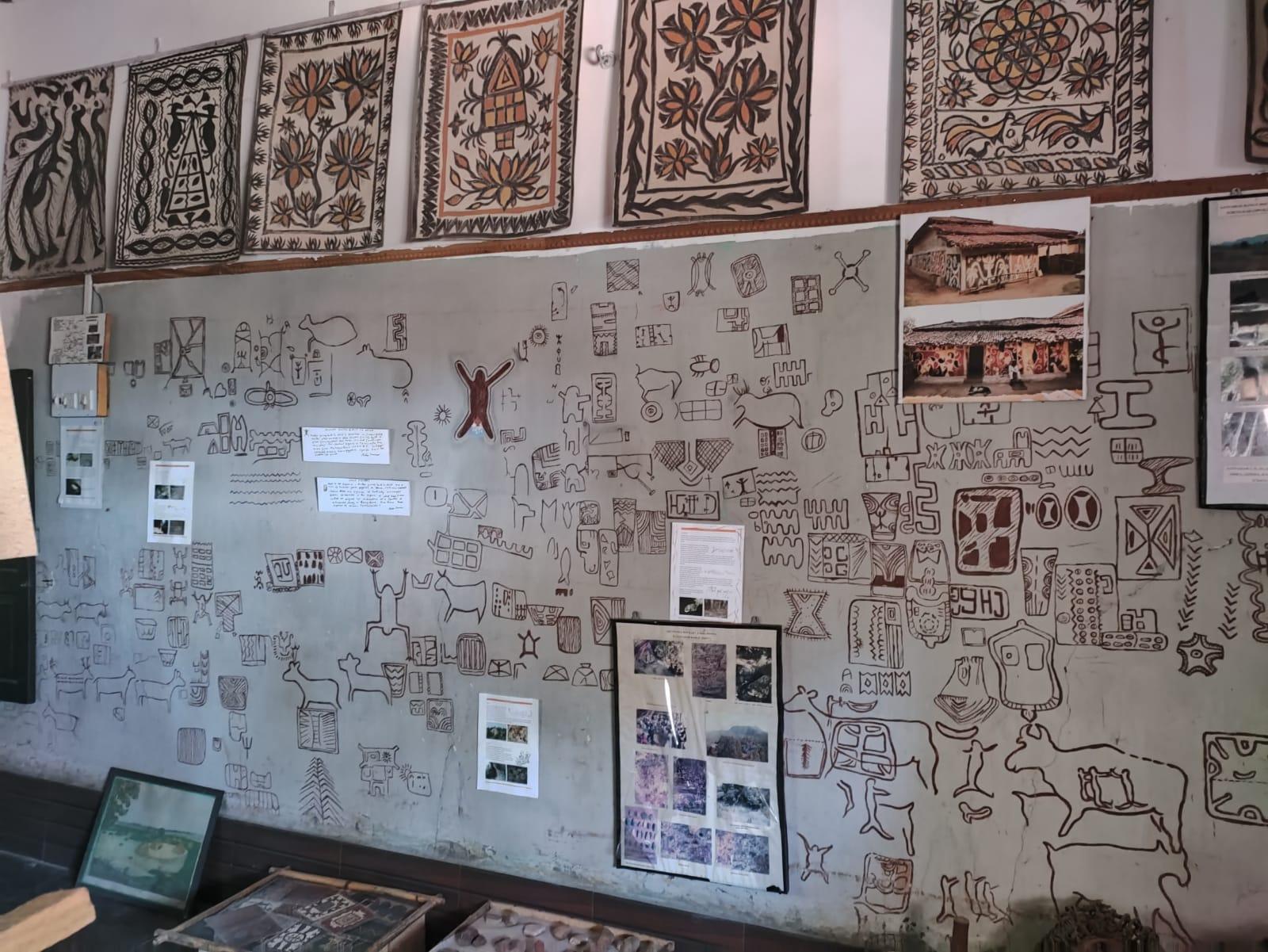
Photograph from Aranya’s research visit to the Tribal Art Museum, Hazaribagh, founded in 1991 by art conservationist Bulu Imam. (Hazaribagh, 2023.)
KT: You mentioned at the screening that it took you around seven months to research and write the film. What kind of research did you have to do and who were some key people who have guided and supported you through the process?
AS: This had to be a very research-oriented film because of the themes I was working with. I went to Jharkhand thrice and spent around seven to eight months there. I met many academics, art conservationists and storytellers. I spent a lot of time with Biju Toppo, who has made several documentaries and ethnographic films and is a national award-winning filmmaker, and with another filmmaker Seral Murmu, who was also a senior of mine at FTII. You can see pompousness in anyone who works here in Mumbai, including me, I think. But there is no pomp around cinema there. In fact, there is a lot more overlap between art and activism. So, the way storytellers initiate you into a space is very different. Academics might go into nuts and bolts, but a filmmaker, for instance, will merge factual details with anecdotes while giving you a sense of the larger historical and political canvas. Bijuda almost held my hand through the entire process and connected me to many authors, literary writers and conservationists. For instance, I spoke with and visited Justin and his father, Bulu Imam, the art conservationist who has documented seventy-three cave art sites in the region. People who live in the area know of these cave sites, but the government had not really paid attention. Through our interactions, the importance of cave paintings came through, and we were able to incorporate caves as an important space in the story. Many of the film’s reflections on agency in data labelling work also came from speaking to women who work as data-labellers. I remember one interaction where someone shared how while working on a project in Rajasthan, a woman from a semi-arid region who knew a lot about cropping patterns and agricultural cycles would bring those insights into the work of labelling.
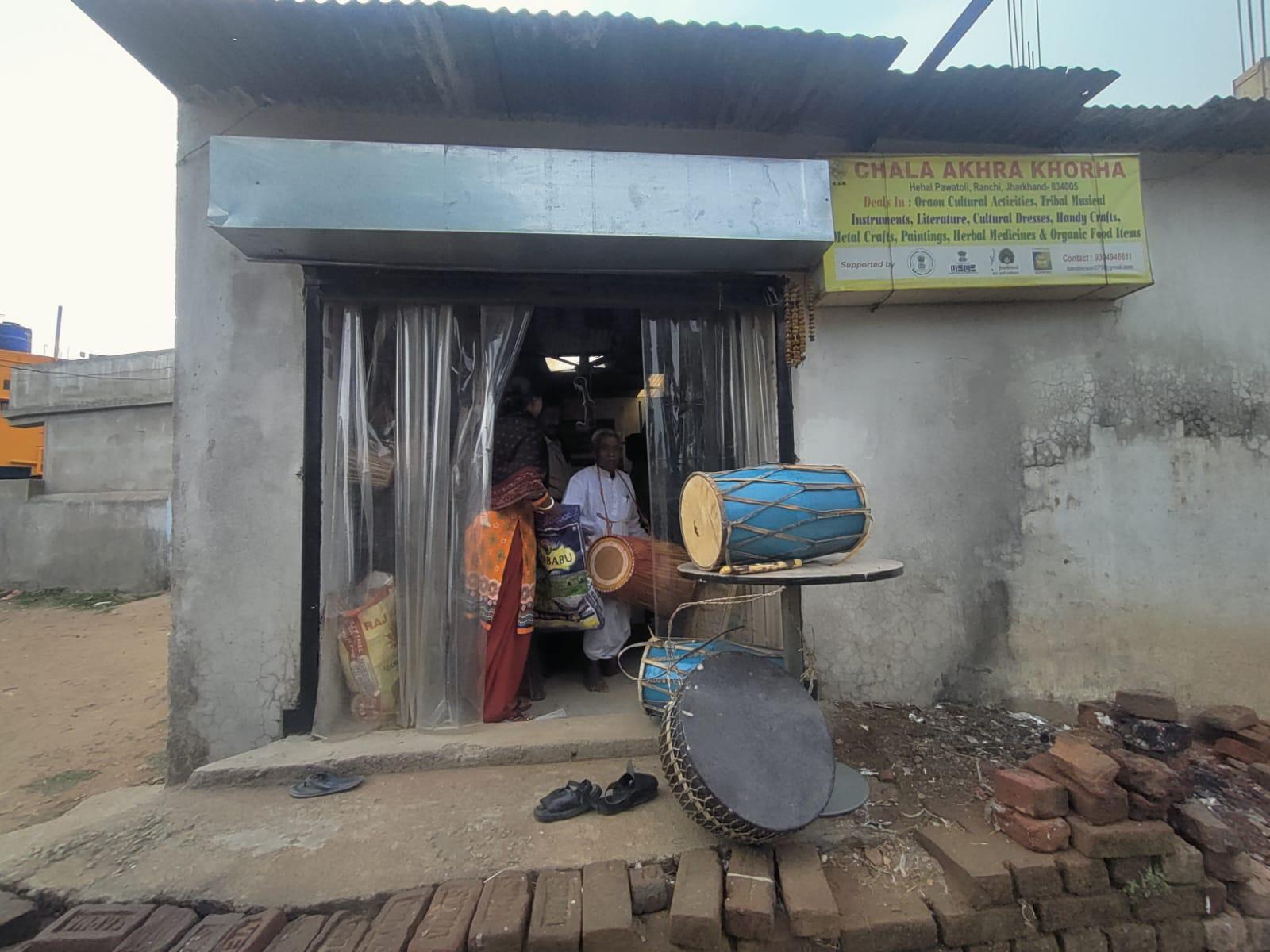
With writer and culture conservationist Sharon Oraon at an instrument shop in Ranchi as part of the director’s research process. (Ranchi, 2023.)
KT: How did you arrive at the film’s sonic language?
AS: I went through archival clippings and live recordings of Adivasi songs, specifically the Kurukh songs. There is such beauty and depth to the music in the region. There was some ethnographic documentation which we drew from but the actual process of adapting the music was quite difficult. Oraon music is very different from the music that the broader Indian audience listens to. It does not follow the four-by-two meter. The musicians often change the key, sometimes even in the middle of a song. They might also change the rhythm in the middle of a song. It was difficult to decide how to bridge the music; to not alienate the audience completely, but to also retain authenticity. This is where the synth, the violin and other instruments came in. I wish we had more resources to do this work. Saransh Sharma, who did the soundtrack for the film, is a childhood friend, and he worked with a very limited library. If we had access to more resources, we would have spent a lot more time creating—philosophically as well—a bridge between Adivasi music and mainstream music. We could do it only in parts.
KT: Was it the same with language? What was your approach when it came to regional and community dialects in the movie?
AS: Initially, I was very rigid about getting it correct. Representing the dialect consistently throughout was difficult, but I realised I had to get it right in broad strokes. I had to get the philosophy right. For example, take this one idea, which Philomina ji told me about and which we used almost verbatim: “When we walk on grass, we thank it.” Now, the feeling that I am not entitled to walk on this grass, that there is an equal stake between me and the grass, I had to get that right. Then the dialect could be a hit or miss, although more or less it is accurate. But as the project went on, I did not agonise over it that much.
To learn more about films set in Jharkhand, read Ankan Kazi’s essay on Meghnath’s In Search of Ajantrik (2023) and Jigisha Bhattacharya’s essay on Shishir Jha’s Dharti Latar Re Horo (2022). To learn more about possibilities of AI in imagining Adivasi futures, watch Anisha Baid’s two part conversation with Subash Thebe Limbu on Indigenous futurism and negotiating between the documentary and the speculative.
All images are stills from Humans in the Loop (2024) by Aranya Sahay unless mentioned otherwise. All images courtesy of the director.



